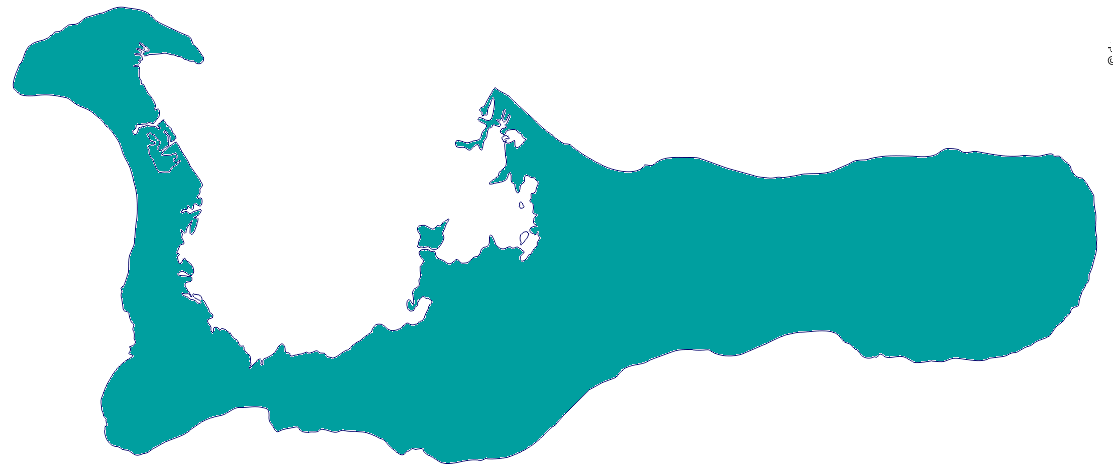Import Regulations in Cayman Islands for Japan Used Cars
Restriction in Number of Years:
No Age Limit
Shipping Ports:
Georgetown
Shipment Time:
RoRo (29-36 Days)
Shipping Schedule:
RoRo (Less than Bi-monthly)
Shipping Line:
NA
Inspection:
No Inspection

Right-hand-drive used Japanese vehicles are permitted for import in the Cayman Islands.
RESTRICTIONS IMPOSED ON IMPORT OF VEHICLES IN THE CAYMAN ISLANDS
- Permission from the Governor or Public Transport Board is needed for importing vehicles with the carrying capacity of more than 9 people. Also, the passenger door of the vehicle should be present on the left side of the vehicle.
- Double-decker buses are not allowed for import in the Cayman Islands.
- Motorcycles with an included sidecar are not allowed for import in the country.
- Moke or mini-moke motor vehicles or other vehicles called “beach-buggy” or “dune-buggy” are not allowed for import in the country. Only with the permission of the Governor, these vehicles or their parts can be imported in the country.
DOCUMENTS REQUIRED FOR IMPORT OF VEHICLES
- Driver’s license and green card
- Insurance proof
- Bill of Lading (original)
- Title and Registration certificate
- Commercial Invoice
TAXATION
- Custom duties ranging from 29.5% to 42% are implemented for importing used vehicles in the Cayman Islands.
- A one-time Environmental Disposal fee based on the CIF value of the vehicle is imposed on the importer of the used Japanese vehicle.
- Port charges based on the weight of the imported vehicle have to be paid by the importer.
IMPORT LAWS
- Entry must be made within 7 days before from the date of arrival as per the Customs laws.
- The entry must be made by the importer of the vehicle or the agent. Documents must also be provided validating that the agent is authorized.
- Bill of Lading or Airway bill to prove that the used vehicle has been shipped or exported from Japan.
- If the vehicle to be imported had been originally bought in a different currency, then the current rate of exchange must be shown in the CI dollar.
- All the details of Japan used vehicle for export must be clearly specified to be able to identify it with the concerned Tariff heading.
- The country where the vehicle was manufactured, that is, the country of origin must be clearly mentioned.
- The unit of measurement of the item to be imported, which is used by the tariff code, must be clearly mentioned.
- The invoiced cost of the used vehicle to be imported from Japan must be converted with the current rate of exchange in CI dollars.
- The freight charges, which includes all the cost incurred while importing the vehicle from Japan, must be clearly quoted.
- The cost of the used vehicle at the time of its arrival including the insurance and freight costs, called Value of Duty as per the law, must be provided. The Bill of Lading and all invoices must be submitted.
PROCEDURE FOR THE CUSTOMS CLEARANCE
- Freight charges have to be paid upon arrival of the vehicle from Japan. After the payment, the Bill of Lading is to be collected from the shipment company.
- To verify the complete duty applicable to the imported vehicle, the documents like Bill of Lading, Customs Import Entry Form, and supplier invoices must be provided.
- After payment of all the charges and fees, the vehicle can be taken from the warehouse of the port authority.
EXEMPTION
- If you are taking the residency of the Cayman Islands, then the used car can be imported before or within 6 months of your residence for the exemption of duty.
- Only those vehicles are allowed for imports which have been used abroad for 6 months or more. A Declaration for Unaccompanied is required to be completed.
- Customs Import Duty Form and Baggage Form are required.
- Proof of residency of the importer is required, for example, work permit.
- Inspection by Customs can be done at times and the importer must keep all the required documents handy at the time of inspection. The importer will have to arrange the time of inspection with the Customs unit.
- The procedure may be extended by the Customs collector if required.
